
Thriving Succulents

If you appreciate nature but find it challenging to spend time outdoors, many of you may opt to cultivate green plants at home.
Succulents, in particular, have gained popularity due to their charming appearance and reputation for being easy to care for with minimal watering. However, enthusiasts often encounter the disappointment of watching their succulents wither rapidly.
Indoor plants have a therapeutic effect, providing relief from weekday stress with just 10 minutes of organizing, instantly uplifting one's mood.
If you're unfamiliar with proper plant care, especially for succulents, investing more time in studying their maintenance is essential.
Different species and seasonal variations make the process more intricate than imagined. Yet, the three key elements—sunlight, air, and water—need adjustment based on specific conditions, emphasizing the importance of regular care.
Related
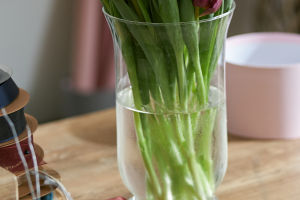 Dutch Tulips: From Rarity to Cultural Triumph.
Dutch Tulips: From Rarity to Cultural Triumph.
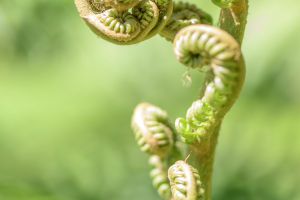 Ferns, ancient spore-bearing plants, from historic origins to modern habitats, shape ecosystems with resilience.
Ferns, ancient spore-bearing plants, from historic origins to modern habitats, shape ecosystems with resilience.
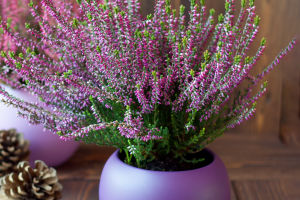 Heather's beauty, cautionary aspects, and human parallels are revealed naturally.
Heather's beauty, cautionary aspects, and human parallels are revealed naturally.
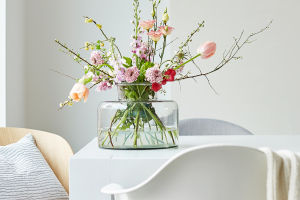 Flower arranging contains artful expressions, essential techniques, and natural connections.
Flower arranging contains artful expressions, essential techniques, and natural connections.
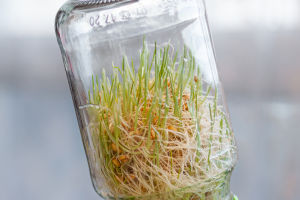 Sprouting Secrets: Seeds' Germination Mastery Unleashed!
Sprouting Secrets: Seeds' Germination Mastery Unleashed!
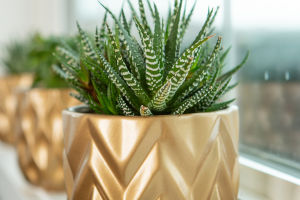 Easy steps to flourishing potted gardens.
Easy steps to flourishing potted gardens.
Are succulents truly low-maintenance?
Contrary to common beliefs, growing succulents casually can result in a collection of empty pots within a month. Understanding the variations among different species and adapting care routines to changing seasons is crucial.
Sunlight, air circulation, and water intake play pivotal roles in their well-being.
Common reasons for succulent withering:
1. Overwatering: Despite their hardy nature, succulents don't thrive when excessively pampered with daily watering.
2. Midday watering: Watering during midday can cause the water to heat up, turning the pot into a steam room and potentially smothering the roots.

3. Lack of drainage holes: Adequate air circulation is vital for the roots; without drainage holes, water movement is restricted.
4. Summer conditions: The combination of heat and humidity in summer can lead to withering.
5. Pests: Pests are persistent issues; traditional pesticides are ineffective, and manual removal with a needle is recommended.
6. Bacteria: Rotting leaves can lead to bacterial infections, jeopardizing the entire plant's health.
Key considerations for succulent care:
1. Sunlight duration: Succulents thrive in desert-like environments; insufficient sunlight leads to elongated leaf spacing, diminishing their beauty.
2. Watering based on species: Tailor watering frequency to the specific needs of each species; adjust for temperature variations and choose appropriate watering intervals.
3. Soil medium: Choosing the right medium is crucial. Consider environmental factors, species, and watering habits. Using a super hydrophobic medium at the bottom layer helps prevent overwatering and root rot.
Is it advisable to keep succulents indoors?
Indoor environments are not ideal for succulents due to limited air circulation and difficulty in regulating water levels. Lack of sunlight can also result in distorted growth.